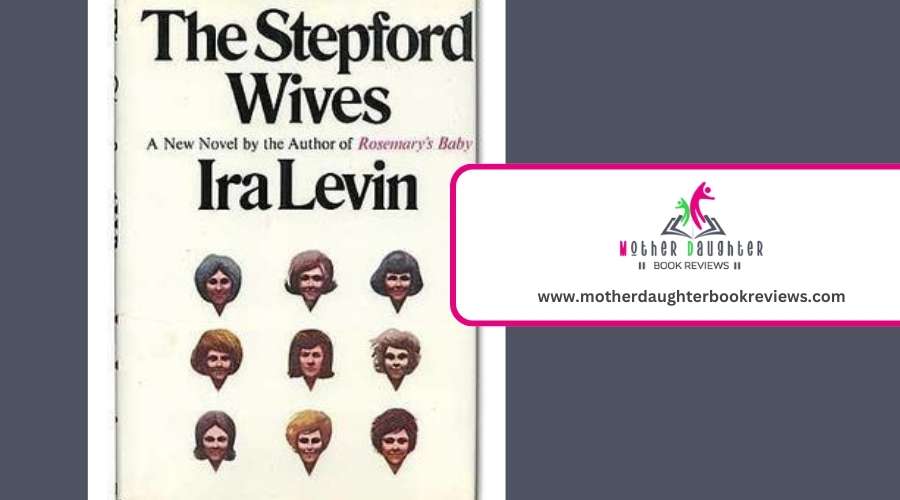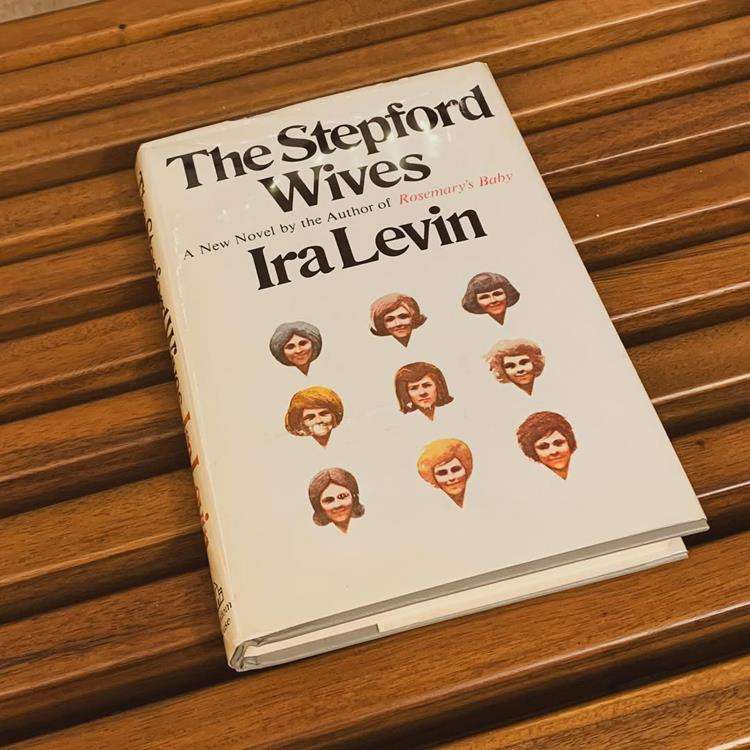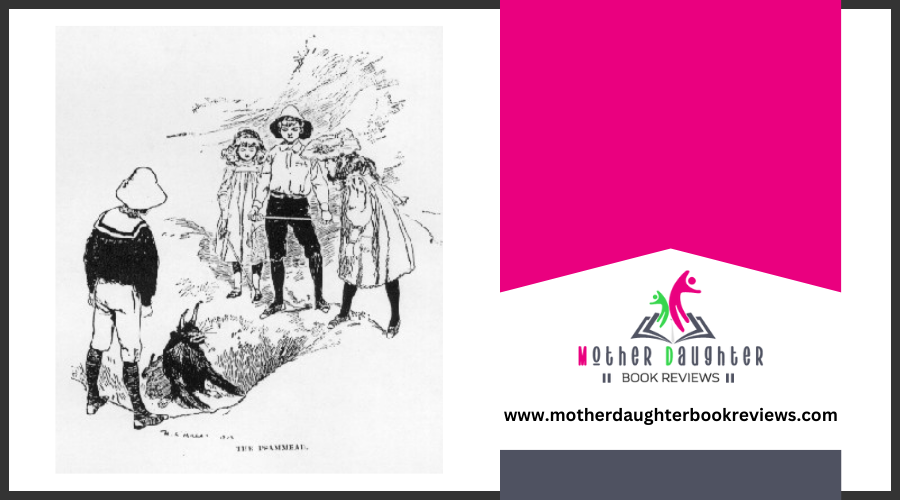What Is the Theme of the Stepford Wives?

The Stepford Wives investigates how the women's liberation movement threatens traditional gender roles, leading men to replace their independent-minded wives with robotic duplicates who conform to the ideal of the submissive, domestic woman. It reflects a societal backlash against growing feminist activism, exposing the desire to maintain male dominance and control over women.
The story critiques technological advancements that can strip women of their humanity and self-expression while upholding restrictive gender norms. It encourages you to reflect on the dangers of unchecked technological control and the moral dilemmas surrounding societal pressures on women.
The Definition of the term "Stepford Wife"

The term "Stepford wife" refers to a woman usually portrayed as overly domestic, submissive, and conformist. It stems from Ira Levin's 1972 novel The Stepford Wives, representing wives in a fictional town of Stepford as robots programmed to be obedient, compliant, and submissive to their husbands.
The term usually describes, usually in a derogatory manner, a woman who appears to have no individuality and independent thinking and prioritizes serving her husband's needs over her own.
If you use this term in a modern setting, referring to a woman as a "Stepford wife" implies she overly conforms to traditional or unrealistic expectations of femininity, sometimes to an artificial or even unsettling degree. This trope analyzes traditional gender roles and the clampdown of women's autonomy and independence.
Societal Fears and Feminism

One key theme of The Stepford Wives is its reflection on the societal fears and backlash against the women's liberation movement of the 1960s and 1970s. The novel depicts the men's club's scheme to replace their independent-minded wives with subservient, robot-like homemakers as a reaction to the threat of female empowerment.
This transformation of the Stepford wives into docile, conforming robots symbolizes the desire to maintain traditional gender roles and male dominance in the face of growing feminist activism.
The Stepford Wives is a cautionary tale about the dangers of technological control being used to suppress women's autonomy and reinforce patriarchal power structures. Through the protagonist Joanna's tragic fate, the novel emphasizes how far men would go to maintain control over their wives' lives and independence.
Preserving Male Dominance
The Stepford Men's Association's sinister scheme to replace their wives with obedient robot duplicates lies at the heart of the novel's exploration of preserving male dominance. The men of Stepford seek to maintain their authority over women and quell any signs of female independence or self-expression.
The husbands aim to eliminate challenges to their patriarchal power structure by reconfiguring their wives into subservient, domesticated homemakers. This reflects the male characters' fears of the growing women's liberation movement and their desire to uphold traditional gender roles.
The novel serves as a critique of the societal pressures placed on women to conform, even as the feminist revolution gains momentum. Much like Victorian social satire, the story uses dark humor and irony to expose the absurdity of rigid gender expectations and class structures.
Gender Norms and Conformity
View this post on Instagram
Though the novel's exploration of preserving male dominance lies at its core, The Stepford Wives also provides a powerful commentary on the rigid gender norms and conformity that women were expected to uphold.
The conversion of the Stepford wives into robotic, docile homemakers reflects the dehumanization and objectification of women under patriarchal control. The novel critiques the societal pressure on women to prioritize their domestic duties and relinquish their independence, aspirations, and self-expression.
It serves as a cautionary tale about the dangers of technological advancements being used to enforce and perpetuate these restrictive gender roles, ultimately stripping women of their humanity. Like moral lessons explored in classic children's literature, the story presents challenging ethical dilemmas that encourage readers to reflect on their own values and societal expectations.
Technological Dystopia and Dehumanization
At its core, The Stepford Wives presents a chilling technological dystopia where husbands ruthlessly replace their autonomous wives with robotic, compliant replicas. The conversion of the Stepford wives into indistinguishable, eerily efficient automatons reflects society's fears about technology's potential to erode human agency and identity.
The men of Stepford use advanced engineering to assert their patriarchal dominance, stripping their wives of individuality and free will. This dehumanization symbolizes the complete subjugation of women, where their humanity is reduced to pre-programmed compliance, effectively eliminating any threat to the men's power.
The novel serves as a dire warning about the dangers of unchecked technological control and its capacity to undermine our humanity.
Domestic Oppression and Submission
Beneath the technological dystopia portrayed in The Stepford Wives lies a deeper commentary on the domestic oppression and submission of women. The novel's protagonist, Joanna Eberhart, represents the independent-minded woman whose autonomy and self-expression are suppressed in favor of traditional gender roles.
The men's club's scheme to replace their wives with obedient robots reflects their desire to maintain patriarchal control and resist the threat of female strength. Joanna's struggle against her male partner's complicity in this oppressive scheme emphasizes the larger societal pressures on women to conform to expectations of submissive, self-sacrificing wives and mothers, stripped of their personalities and careers.
Challenging Entrenched Gender Roles

The Stepford Wives boldly challenges the entrenched gender roles of its era, serving as a scathing critique of the patriarchal structures that sought to subjugate women's autonomy. The novel depicts the town of Stepford, where the Men's Association conspires to replace independent-minded wives with robotic, submissive homemakers.
This alteration symbolizes the suppression of female empowerment and the pressure to conform to narrow domestic norms. Joanna's struggle to maintain her identity in this oppressive environment is central to the novel's exploration of the need to challenge traditional power dynamics between genders. The Stepford Wives is a cautionary tale that urges readers to resist the entrenched gender roles that constrain women's autonomy and self-expression.




